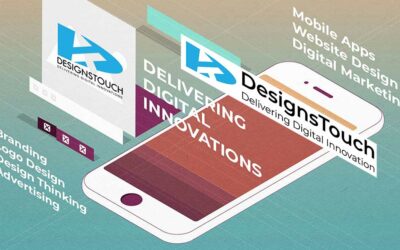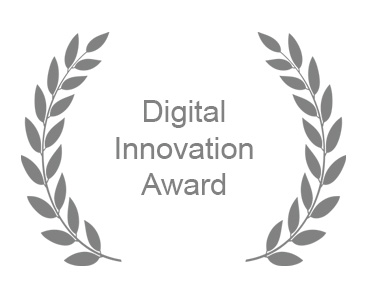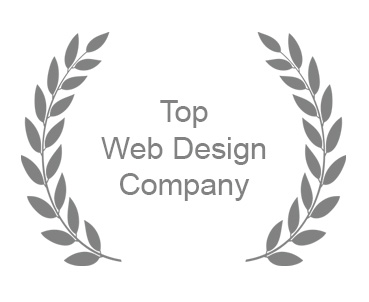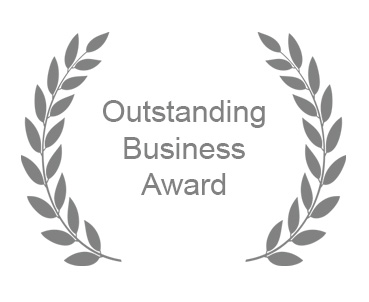
Written by Nim Joshi
Unmasking the Future of Content Management: Understanding Headless CMS
In the era of modern technology, Content Management Systems (CMS) have revolutionized how we manage, create, and publish content online. Over time, they’ve evolved, and a new breed of CMS known as a Headless CMS has emerged. You may have heard about this if you’re in the tech industry or have worked with websites and digital content.
Among these, a technological shift that has drawn significant attention is the transition from traditional CMS (Content Management System) to the newer, more versatile Headless CMS. As you navigate the ocean of digital content management, understanding the core concepts of Headless CMS can empower you to harness its benefits for your unique needs.

What is a Headless CMS, and how does it work?
At the core, a CMS is software that allows users to create, manage, and modify content on a website without specialized technical knowledge. Traditionally, a CMS has a frontend and backend tied together, often called ‘coupled.’ The backend is where you input and manage your content. The front end is the ‘head’ — how the content is presented and displayed to the end user.
In a Headless CMS, however, this head — the presentation layer or frontend — is ‘decoupled’ from the backend. In simpler terms, the system where you manage your content is separated from the system that presents your content. This ‘head’ could be a website, a mobile app, a digital billboard, a smartwatch, or any other digital platform. The content is delivered to these platforms via APIs (Application Programming Interfaces) in a raw format like JSON, allowing developers to present it any way they want. A CMS traditionally has two parts: a ‘head’ and a ‘body.’ The body, the backend, is where the content is created, managed, and stored. The head, known as the front, is where that content is presented, usually in the form of a website.
The headless CMS has a content management backend but no dedicated frontend system. Instead, it uses APIs (Application Programming Interfaces) to deliver the content to any frontend system, which could be a website, a mobile app, a digital signage system, an IoT (Internet of Things) device, or even a VR (Virtual Reality) headset.
How Does a Headless CMS Work?
Now, you may wonder how headless CMS works and why it appeals to developers and companies alike.
The operation of a headless CMS is based on the “API-first” approach. This means the CMS is built with an API as its core, making it flexible, scalable, and integrable with a wide array of platforms. The content created in a headless CMS is raw and format-free, meaning it can be published anywhere and viewed on any device, retaining the same quality and structure.
The working of a Headless CMS revolves around the concept of a ‘content-first’ or ‘content-centric’ approach, which means that instead of creating content to fit a specific platform, you make it once and then distribute it anywhere you need — a method often known as COPE (Create Once, Publish Everywhere).
When you create content in a headless CMS, the system stores the content, then waits for a call from the frontend system. This call is made via the API. When the CMS receives a request, it sends the content to the frontend system in a structured format, often JSON or XML, which can be understood and rendered by any frontend technology. This process allows developers to use their preferred programming language and framework to build the front end, providing complete control over how the content is presented and experienced by the end users.
What Advantages Does a Headless CMS Offer?
Why are businesses leaning towards headless CMS, and what benefits does it offer?
A Headless CMS presents numerous advantages over traditional CMSs, particularly in terms of flexibility, scalability, and future-proofing:
1. Flexibility:
Since the presentation layer is separated from the backend, developers can design the front end without any restrictions imposed by the CMS. They can use any programming language and framework that best suits the project.
2. Omnichannel readiness:
In today’s digital landscape, it’s vital to deliver content to multiple platforms — websites, mobile apps, IoT devices, etc. A headless CMS makes it easy to publish content across these platforms with the same efficiency.
3. Scalability:
A headless CMS can easily accommodate growth as your business grows. You can add new delivery platforms without disrupting your existing setup.
4. Future-proofing:
No one can predict the future of technology with certainty. New devices and platforms will inevitably emerge. A headless CMS prepares your content strategy for future innovations by abstracting content from the delivery layer.
4. Speed:
With a decoupled backend and front end, developers can make changes or fixes to one end without disrupting the other, ensuring faster updates and less downtime.
What Are Some Possible Downsides?
While a headless CMS is remarkably flexible and versatile, it may not be the best solution for everyone. Some potential drawbacks include:
1. Technical complexity: Building and maintaining the front end of a website can require more technical expertise if you’re using a headless CMS, as the CMS does not provide a pre-defined way to display content.
2. Lack of WYSIWYG editing: Traditional CMSs offer What-You-See-Is-What-You-Get (WYSIWYG) editors, allowing non-technical users to see how their content will look when published. With a headless CMS, previewing content can be more complex as the content and presentation layers are separated.
3. Potential higher costs: Depending on the chosen headless CMS, prices can increase due to additional development time or the need for more experienced developers.
Adopting a headless CMS depends on project requirements, available resources, and long-term digital strategy. A headless CMS is a powerful, flexible, and modern approach to content management that fits seamlessly into an increasingly diverse digital landscape.
While it may not be the perfect fit for every situation, its potential benefits in scalability, flexibility, and omnichannel readiness make it a compelling choice for businesses looking to future-proof their content management. As technology evolves, the headless CMS is set to become a cornerstone of digital experiences.
As with any technology decision, it is essential to thoroughly analyze your organization’s needs and the capabilities of the CMS options available. Doing so will ensure that the chosen solution will support your content strategy and help you effectively engage with your audience across all digital platforms.
Related Articles
The Ultimate Guide to Website Redesign: Why, When, and How
Your Ultimate Guide to Website Redesign: Why, When, and How The Art...
Case Study: Impact of Digital Strategy & Strategic Branding on the City of Racine, WI Local Transit System
Case Study: The Transformation of the City of Racine's Local Transit...
Exploring the Brand Identity of DesignsTouch: From Name to Design Aesthetics
DesignsTouch is the correct brand name without the space between...




Racine, Wisconsin
DesignsTouch
201 Sixth Street, Ste 401
Racine, Wisconsin 53403
Send us an email
info@designstouch.com
Milwaukee, Wisconsin
DesignsTouch
930 E Knapp St. #25
Milwaukee, WI 53202
(414) 928-5111








